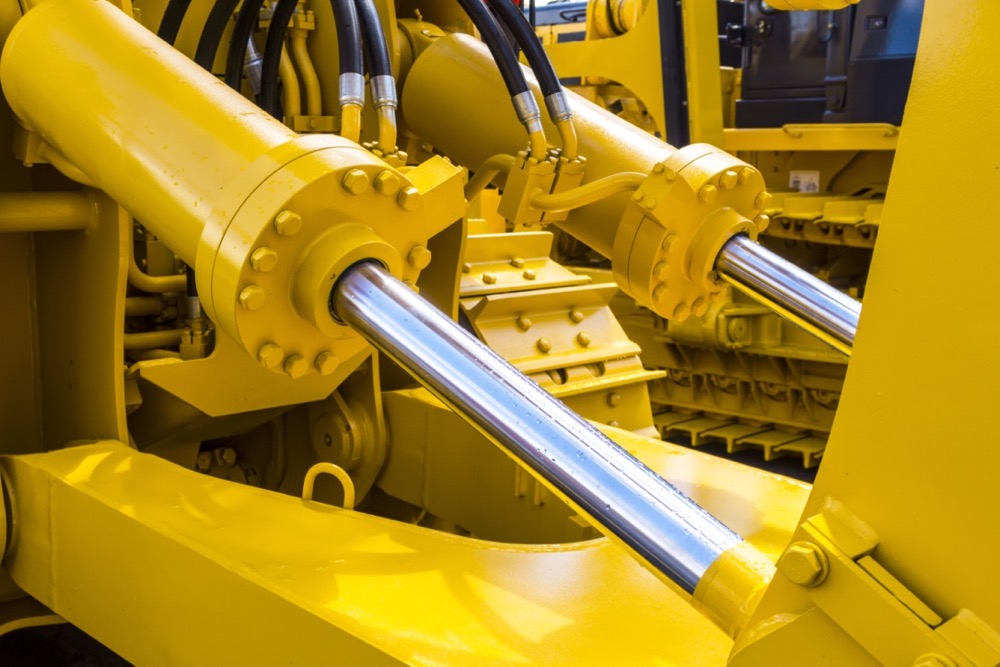
If your business involves hydraulic equipment, cylinder repair and maintenance is likely a significant element of your operating budget. When that hydraulic equipment fails due to neglect, you can bet an unacceptably high hit will besiege your business due to operational downtime. Don’t let that happen.
A large percent of mechanical equipment failures is due to design failures. This means we can expect that there are hydraulic cylinders that are not exactly engineered for the purpose they're operating in. Although this doesn’t necessarily mean that hydraulic equipment failure is immanent, it certainly will shorten the expected life cycle.
So, here are things to look for and to conclude from your hydraulic cylinder inspections:
1. Rods That Are Bent or Deformed
This is usually caused by:
- inadequate rod diameter or material strength
- incorrect cylinder mounting arrangement
- When cylinders are deformed or bent, deforming load is put on the rod-seal. This leads to leakage and premature seal failure.
2. Rod Finish
The cylinder rod's surface finish has an important impact on the rod seal's life. When it is to smooth, its seal life will be reduced because of scant lubrication. When it is too rough, it will increase contaminant infiltration and an intolerable leakage level beyond the rod seal may rise.
In order to extend cylinder service life, keep the cylinder rod's surface greased, early and often. For some applications, shroud or bellow installation can protect the rod surface and its seals from damage impact and contaminants, can provide comparable life extension advantages.
3. Inflated Cylinder Tubes
Insufficient wall thickness and material strength for the cylinder's operating pressure can result ballooning of the cylinder tube. When the tub balloons, the accurate tolerance between the piston seal and tube wall disappears, enabling high-pressure fluid to bypass the seal. This high velocity fluid can wear the seal and confined heating as a result of pressure drop across the piston decreases seal life. Premature failure of the piston seal can result.
4. Inappropriate Bearing Area
When bearing bands in the gland on the piston are inadequate to support the side thrust moved to the cylinder, the rod and piston seals are burdened with excessive load. This will result in deformed seals and premature failure.
For more tips on hydraulic repair and maintenance, contact ETS Inspection and Testing Services.
